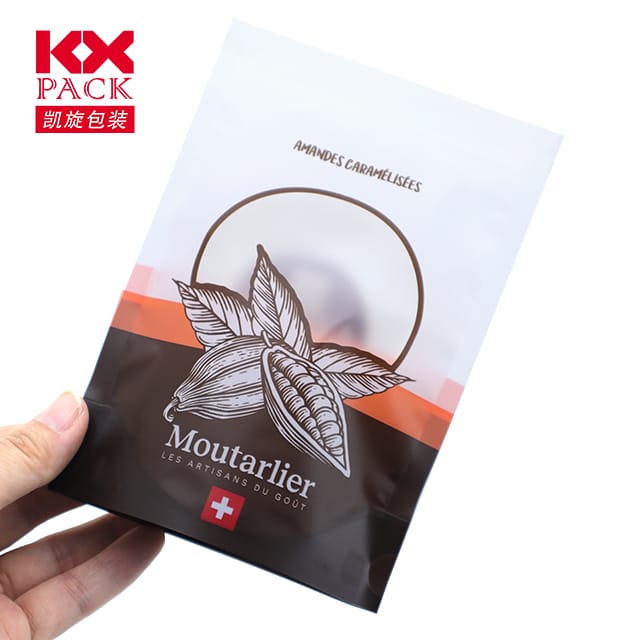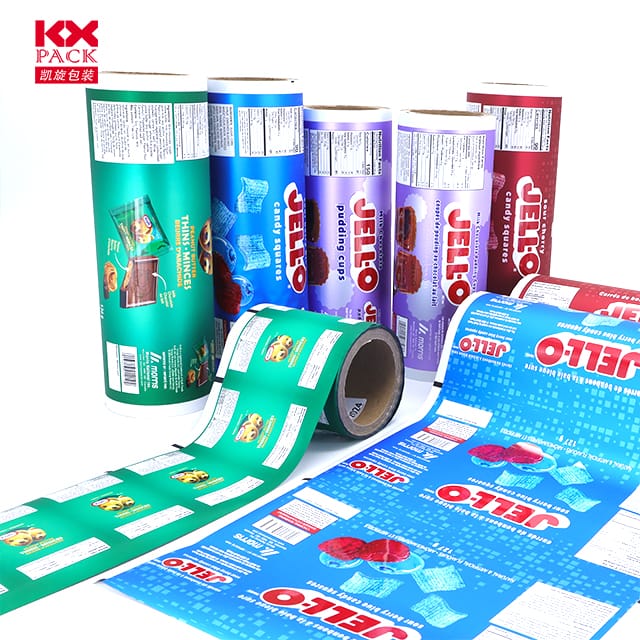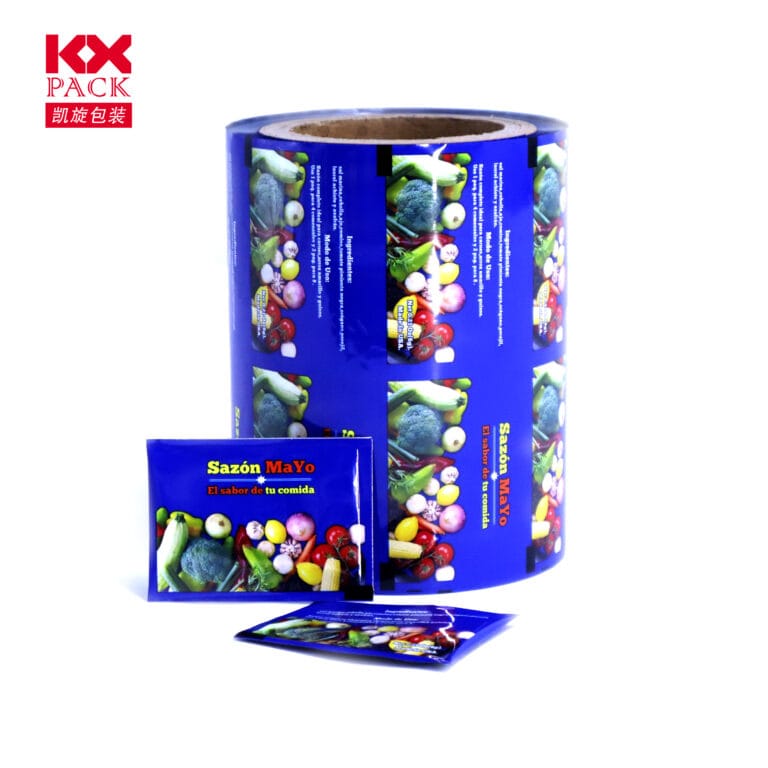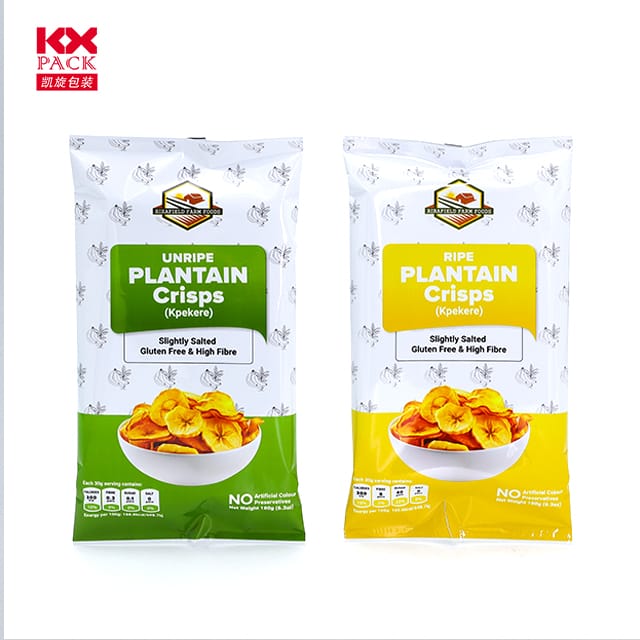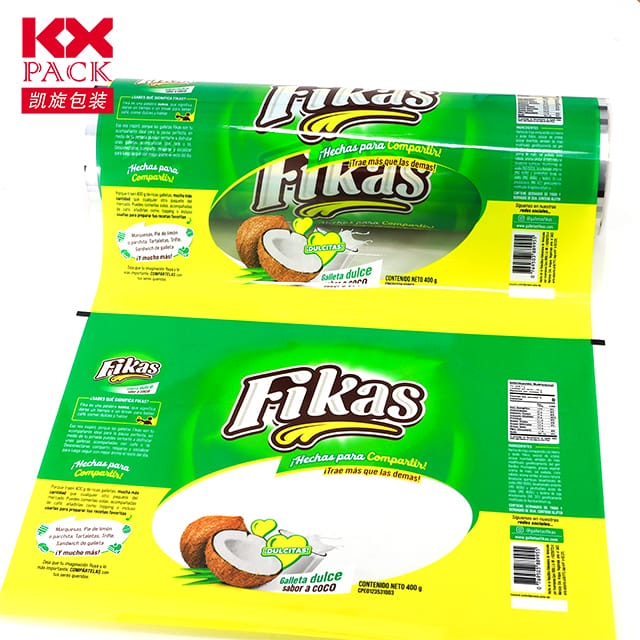Ewolucja elastycznego filmu opakowaniowego: Zrównoważony rozwój, Innowacja, i wpływ konsumentów
Elastyczny folia opakowań
W dzisiejszym dynamicznym krajobrazie konsumenckim, elastyczna folia opakowaniowa stał się kamieniem węgielnym nowoczesnej ochrony i wygody produktów. Od żywności i napojów po farmaceutyki i artykuły higieny osobistej, ten lekki, Wszechstronny materiał przekształca branże poprzez równoważenie funkcjonalności, opłacalność, i odpowiedzialność za środowisko. Zagłębiajmy się w najnowsze trendy, wyzwania, oraz przełomy w dziedzinie elastycznych folii opakowaniowych, które wyznaczają przyszłość zrównoważonych opakowań.
1. Co to jest elastyczna folia opakowaniowa?
Elastyczny folia opakowań odnosi się do niesztywnych materiałów używanych do owijania, foka, lub zawierają produkty. Zwykle wykonane z polimerów, takich jak polietylen (PE), polipropylen (PP), poliester (ZWIERZAK DOMOWY), i biodegradowalne alternatywy, folie te oferują takie korzyści, jak:
- Lekka konstrukcja: Zmniejsza emisję gazów cieplarnianych i koszty materiałów.
- Właściwości barierowe: Chroni przed wilgocią, tlen, Światło UV, i zanieczyszczenia.
- Dostosowywanie: Umożliwia branding poprzez wysokiej jakości druk i unikalne kształty.
- Wydłużony okres przydatności do spożycia: Zachowuje świeżość produktu, kluczowe dla towarów łatwo psujących się.
2. Zrównoważony rozwój: Siła napędowa
Branża opakowaniowa stoi przed rosnącą presją, aby minimalizować ilość odpadów i ślad węglowy. Elastyczne folie dostosowują się:
A. Materiały biodegradowalne i kompostowalne
- PLA (Kwas polilowy): Pochodzi z zasobów odnawialnych, takich jak skrobia kukurydziana, PLA rozkłada się w przemysłowych kompostowniach.(Elastyczny folia opakowań)
- PHA (Polihydroksyalkaniany): Biodegradowalny polimer wytwarzany przez bakterie, Idealny do zastosowań ulegających degradacji w morzu.
- Laminaty na bazie papieru: Łączenie papieru z biotworzywami w celu uzyskania rozwiązań nadających się do recyklingu lub kompostowania.
Marki lubiąFirma TIPA INaturaWorks to pionierskie folie kompostowalne, które spełniają standardy kompostowania przemysłowego (NP., W 13432), stanowią realną alternatywę dla tradycyjnych tworzyw sztucznych.
B. Monomateriały nadające się do recyklingu
Struktury mono-materialne (NP., folie całkowicie PE lub całkowicie PP) uprościć recykling poprzez wyeliminowanie niezgodności wielowarstwowych. Innowacje takie jakAmLite HeatFlex firmy Amcor nadający się do recyklingu stosuj bariery z pojedynczego polimeru, aby utrzymać wydajność, jednocześnie umożliwiając okrągłość.
c. Recykling pokonsumencki (PCR) Treść
Włączenie tworzyw sztucznych pochodzących z recyklingu do elastycznych folii zmniejsza zużycie materiałów pierwotnych. Na przykład, Technologia Dow RecycleReady umożliwia recykling folii polietylenowych w ramach programów zbiórki w sklepach.
3. Postęp technologiczny
A. Folie wysokobarierowe zapewniające dłuższy okres przydatności do spożycia
Zaawansowane powłoki i nanotechnologia poprawiają właściwości barierowe bez zwiększania objętości. Na przykład, tlenek krzemu (SiOx) i tlenek glinu (AlOx) powłoki zapewniają barierę dla tlenu i wilgoci porównywalną z foliami metalizowanymi, ale z możliwością recyklingu.
B. Aktywne i inteligentne opakowania
- Pochłaniacze tlenu: Zintegrowane z foliami w celu przedłużenia świeżości produktu (NP., Mitsubishi Gas Chemicals Ponadczasowy®).
- Wskaźniki temperatury: Etykiety zmieniające kolor, które ostrzegają konsumentów o ryzyku zepsucia.
- Kody QR i tagi NFC: Włącz identyfikowalność i zaangażowanie konsumentów za pośrednictwem smartfonów.
c. Lekkie i cieńsze wskaźniki
Producenci zmniejszają grubość folii bez utraty wytrzymałości. Na przykład, Technologia Borstar® firmy Borealis produkuje ultracienkie folie PE, które zmniejszają zużycie materiału nawet o 30%.
4. Wyzwania i przyszłość
Pomimo postępu, przeszkody pozostają:
- Infrastruktura recyklingu: Wiele elastycznych folii trudno poddać recyklingowi ze względu na wielowarstwową konstrukcję lub zanieczyszczenie.
- Koszt vs.. Zrównoważony rozwój: Materiały biodegradowalne często kosztują więcej niż konwencjonalne tworzywa sztuczne.
- Edukacja konsumencka: Błędne przekonania na temat kompostowalności (NP., dom vs. kompostowanie przemysłowe) utrudniać adopcję.
Rozwiązania na horyzoncie:
- Recykling chemiczny: Przekształcanie zmieszanych tworzyw sztucznych w surowce do nowych folii (NP., Technologie PureCycle).
- Standaryzowane etykiety: Jaśniejsze instrukcje dotyczące recyklingu/kompostowania w celu ograniczenia zamieszania.
- Wsparcie polityki: Rozszerzona odpowiedzialność producenta (Epr) przepisy zachęcające do ekoprojektowania.
5. Perspektywa konsumenta
Współcześni klienci traktują priorytetowo zrównoważony rozwój, ale oczekują bezkompromisowej jakości. Marki muszą się balansować:
- Wygoda: Łatwe do otwarcia, folie z możliwością wielokrotnego zamykania, przeznaczone do aktywnego stylu życia.
- Przezroczystość: Jasne komunikaty na temat atrybutów ekologicznych (NP., “100% Nadaje się do recyklingu” Lub “Dom Kompostowalny”).
- Estetyka: Druk w wysokiej rozdzielczości, aby zachować atrakcyjność marki.
Wniosek: Elastyczna przyszłość
Elastyczna folia opakowaniowa znajduje się na rozdrożu – tam, gdzie innowacja spotyka się z odpowiedzialnością. Przejście w stronę materiałów zrównoważonych, w połączeniu z inteligentnymi technologiami pakowania, obiecuje przyszłość, w której produkty są chronione, ilość odpadów jest zminimalizowana, a planeta prosperuje.
Zadzwoń do działania:
- Konsumenci: Wspieraj marki korzystające z folii nadających się do recyklingu/kompostowania i opowiadaj się za lepszą infrastrukturą do recyklingu.
- Producenci: Zainwestuj w R&D dla projektów monomateriałowych i systemów z zamkniętą pętlą.
- Decydenci: Egzekwuj bardziej rygorystyczne standardy ekologiczne i zachęcaj do stosowania praktyk gospodarki o obiegu zamkniętym.
Razem, możemy zamienić opakowania elastyczne w symbol postępu, a nie zanieczyszczenia. 🌍♻️
Źródła: Stowarzyszenie Opakowań Elastycznych, Smithers Pira, Dow Chemical, Amkor, oraz raporty dotyczące zrównoważonego rozwoju w branży.

